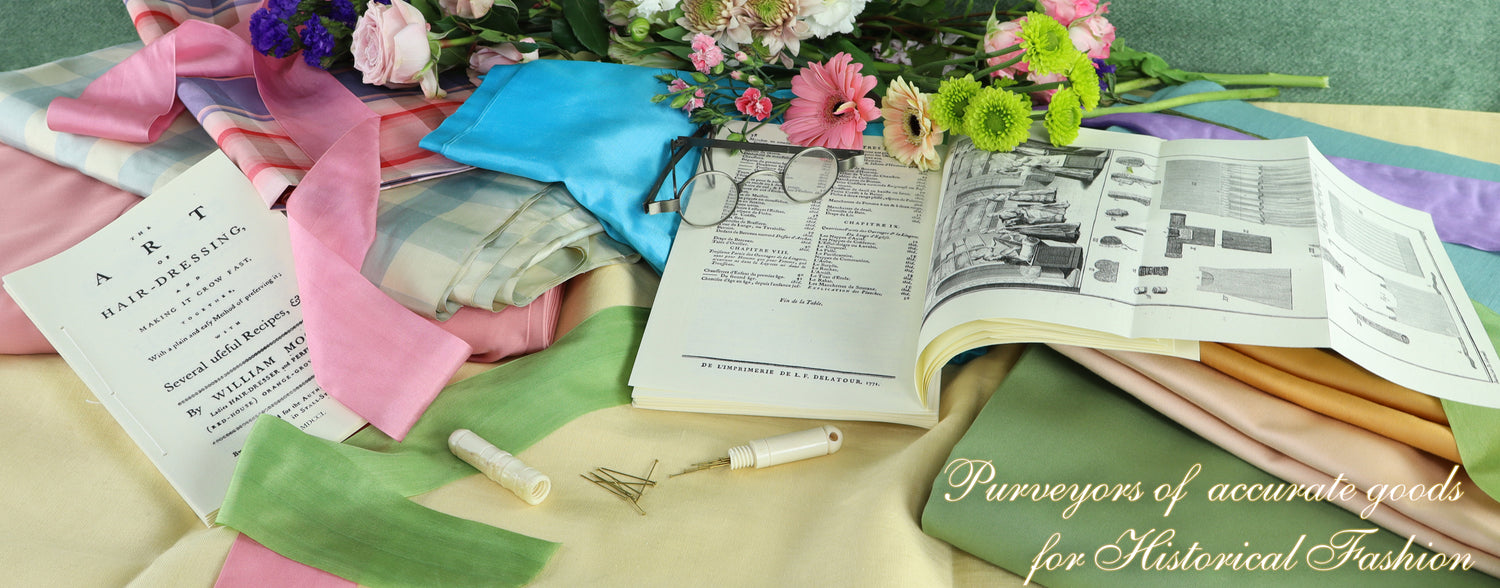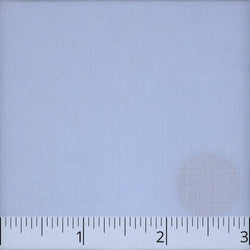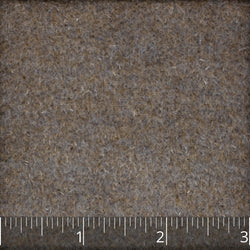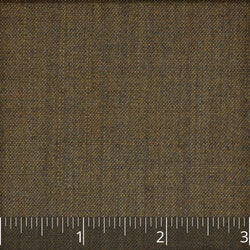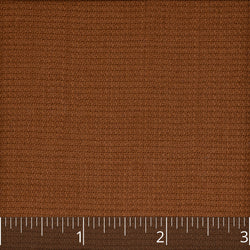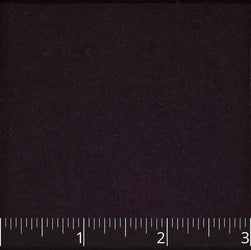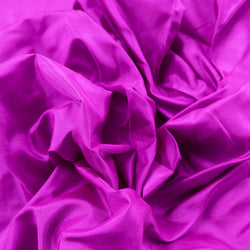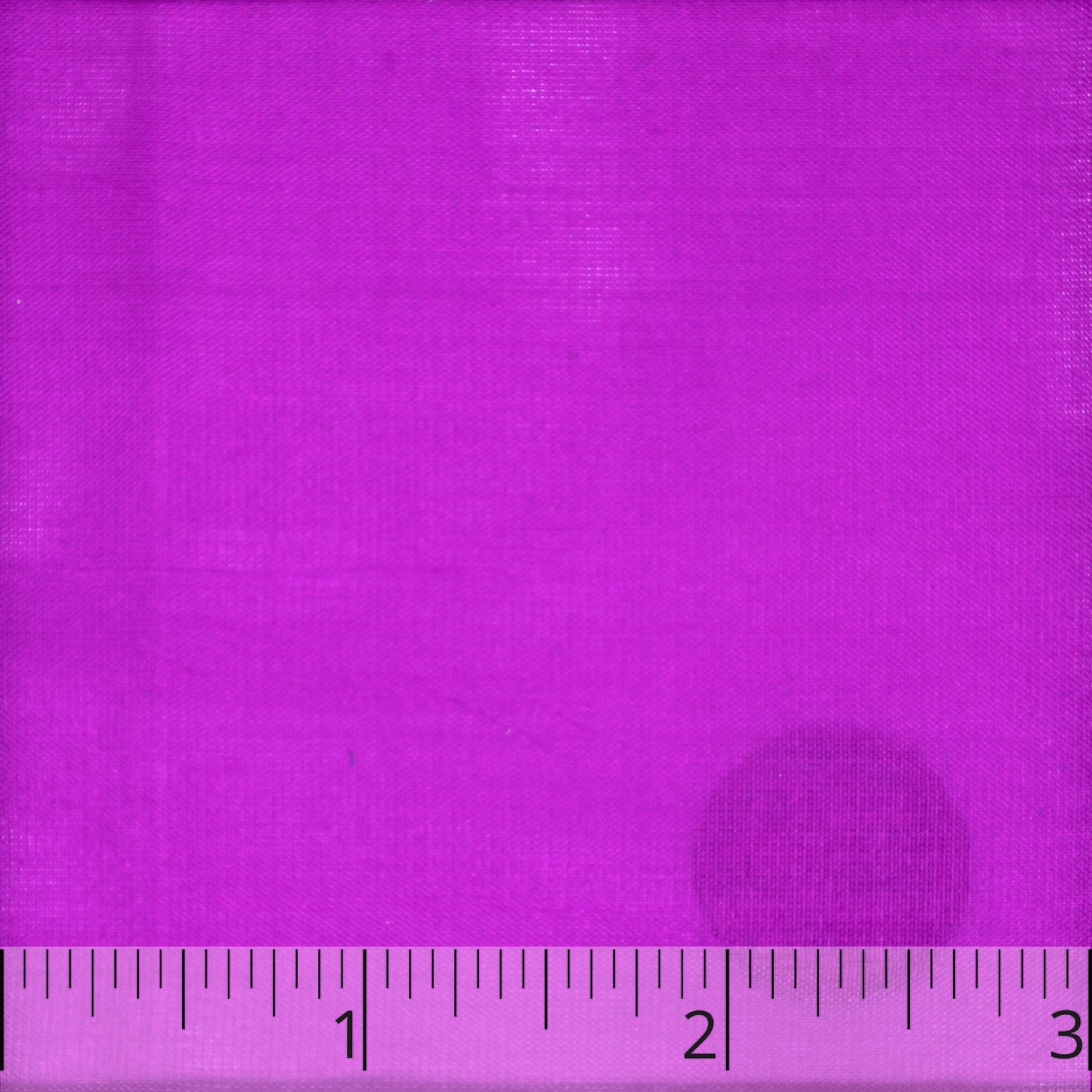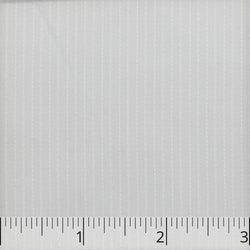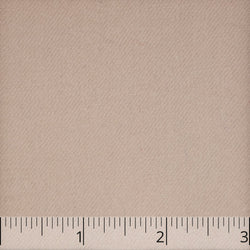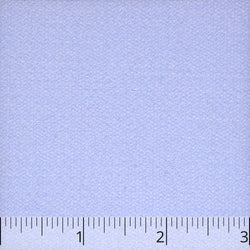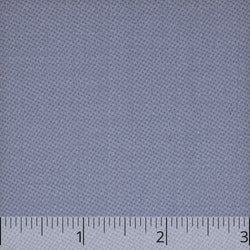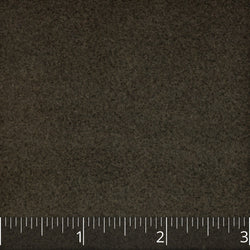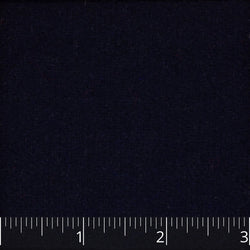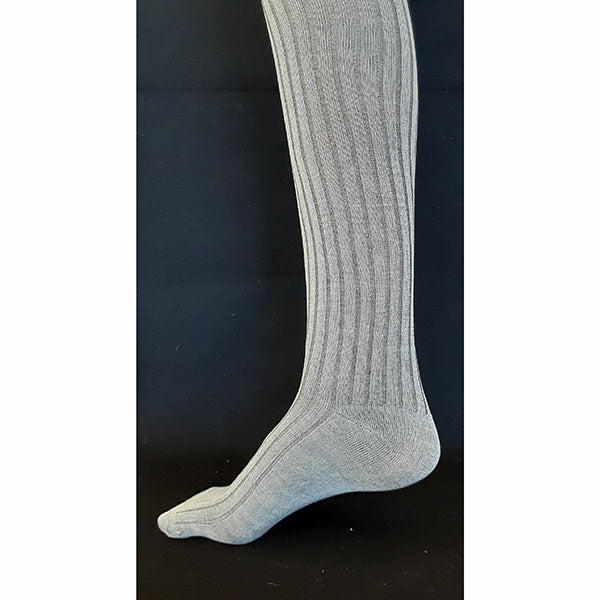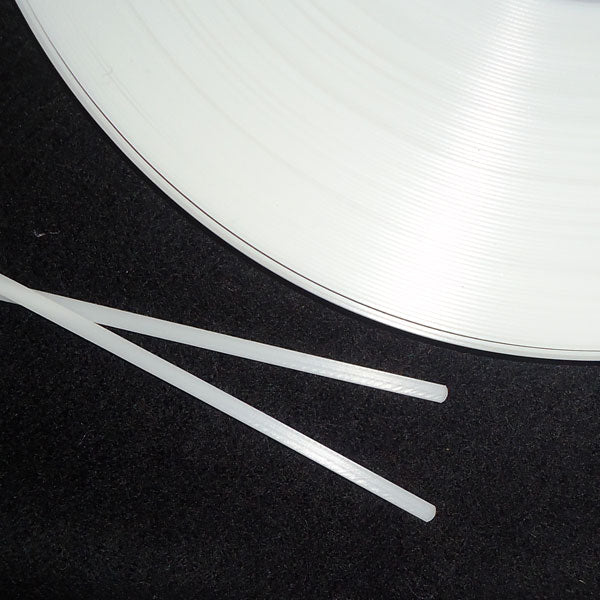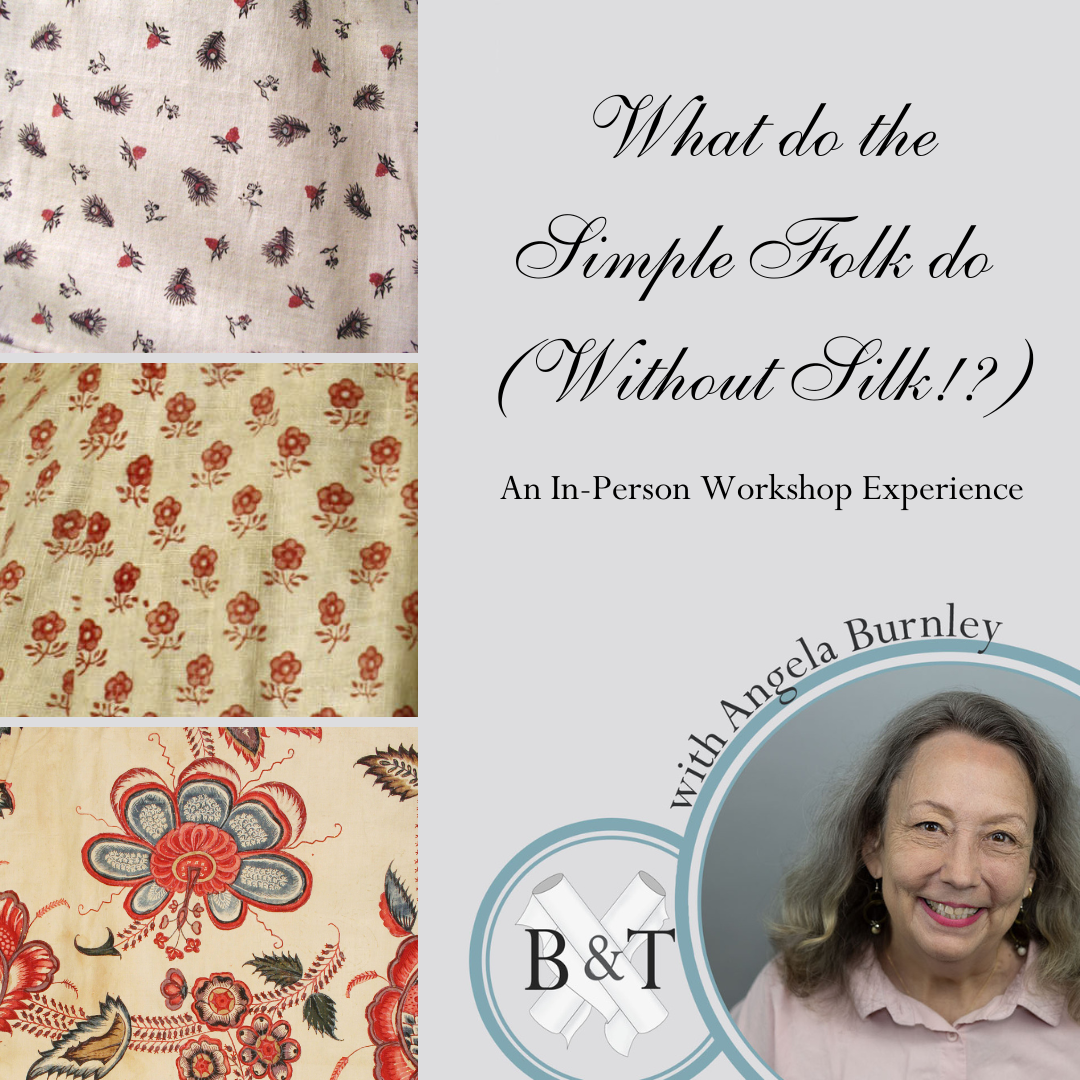
Workshop Registration
TWO SPOTS REMAINING
How do you choose a proper printed fabric when recreating an 18th century garment? Does your social standing even allow you to have a printed fabric, and if so, what is suitable for your socio-economic position?
Join Angela for this one-day, In-Person Workshop Saturday, June 29th, 9:30 am - 4 pm
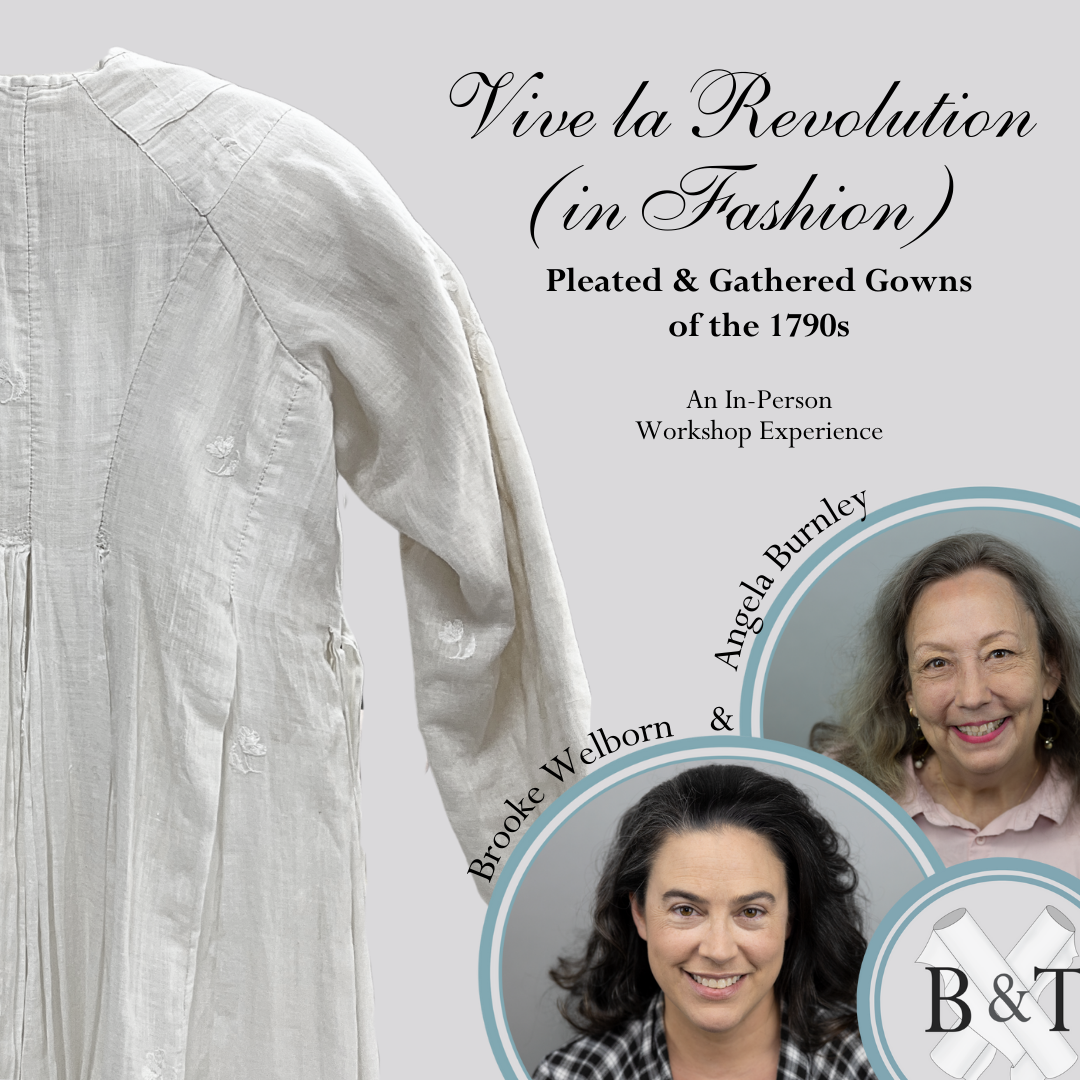
Vive la Révolution (in Fashion): Pleated & Gathered Gowns of the 1790s
Join Brooke & Angela for this three-day, In-Person Workshop Friday afternoon, July 26th - Sunday, July 28th
Registration opens Wednesday, May 1 at 12:30 pm EDT
Moving towards the last decade of the 18th century, the Rococo fashion influence gave way to that of the Neoclassical. Waists continued to rise, fabrics became light in color and weight. The tight fitting bodice creating the silhouette was draped in tiny pleats or gathers to create the flowing Greco-Roman figure that was so admired. The effect was elegant but simple.
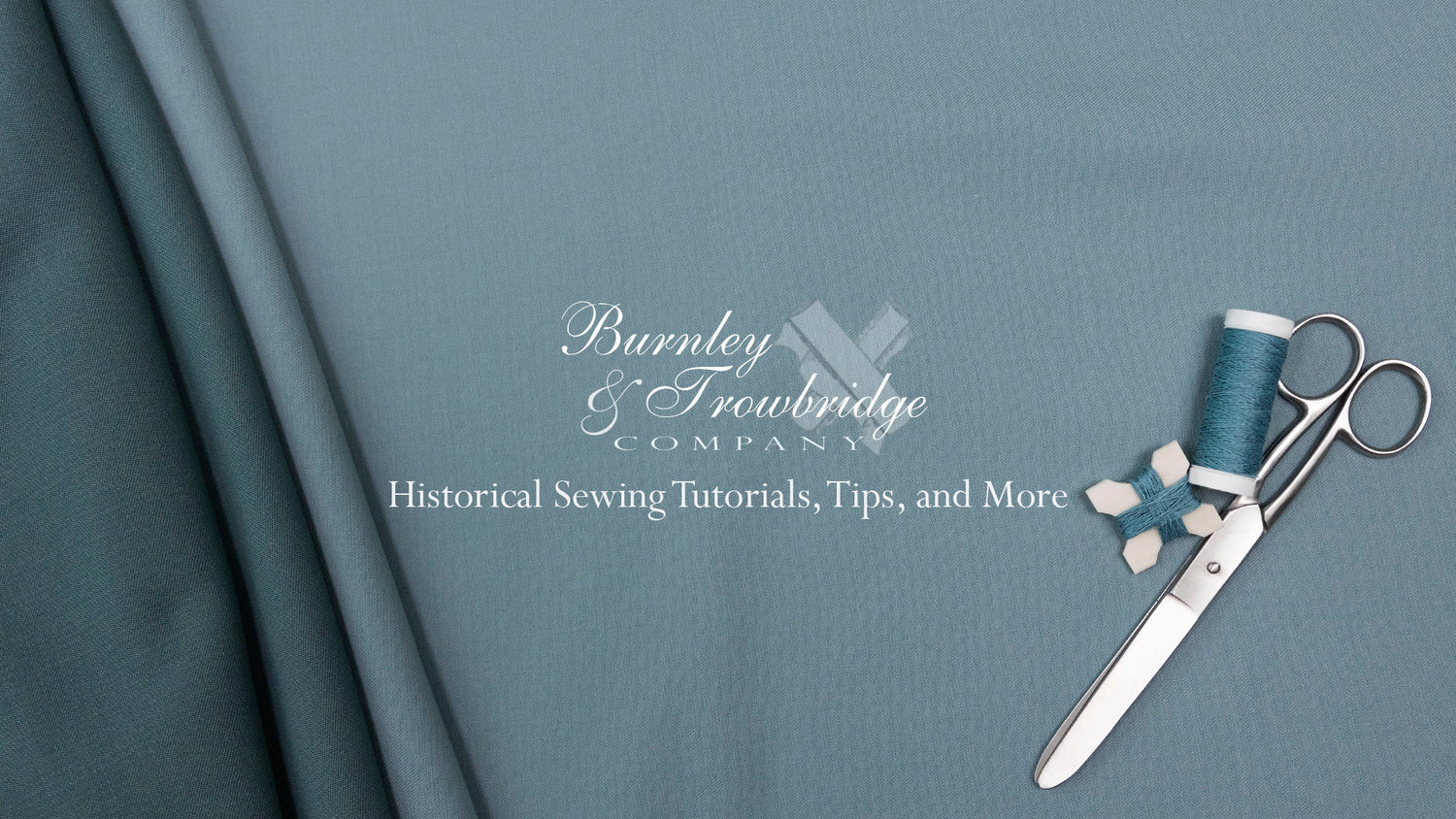
Have you subscribed to our YouTube Channel?
Just learning how to sew, or brushing up? This is the channel for you! Quick and concise, we know you'll love these tutorials!



